Horizon Zero Dawn: why Guerrilla tried its hand at open world RPGs - and how it pulled it off
Horizon Zero Dawn represents a huge shift in genre, gameplay, style and tone for Dutch developer Guerrilla Games. How did we get here from Killzone - and why?
Horizon Zero Dawn was a gamble for Sony; it must have bled money to back Guerrilla's vision over five years of development. The effort seems to have paid off, if Horizon Zero Dawn reviews are any indication.
"They saw what other companies were doing with open world games. I think they wanted to say, you guys have done it, and we can do it as well. And we can do it better."
New IP is always dicey, of course, but in the case of Horizon Zero Dawn there was the enormous risk that comes along with an established team chucking a decade of experience out the window to tackle something totally different.
Fascinated by this process and the challenges it must have presented, I had a chat with Guerrilla Games senior producer Joel Eschler, a 2K Australia veteran who worked on BioShock and Borderlands games, and was finally lured into an overseas move on the strength of Horizon Zero Dawn’s magnificent E3 2015 announce.
VG247: I know you weren't there right at the start, but can you tell me a little bit about how Guerrilla went from Killzone to Horizon Zero Dawn?
It was selling point for me, for joining the studio - how they made that transition. It would have been pretty scary for the studio to commit to doing that.
There’s a reason first-person shooter studios keep making first-person shooters, isn’t there.
Exactly. But at the same time the risk of not doing something new was almost bigger. People had been making the Killzone games for ten years, maybe a little bit longer. And while they were always adding to the feature set and expanding the scope, people were feeling, I think, a little bit trapped into this particular genre.
As creative people, you want to expand and challenge yourself. Internally, at Guerrilla, they said look, we’re ready to do something different, we feel confident in our skills. We get launch titles out for consoles and technologically and artistically we’ve always excelled.
It really was that kind of moment – we’re ready to do something different and we feel confident enough, we don’t want people to feel like they have to go to other studios to do more challenging work.
So it started out as an internal pitching competition within the studio. It just so happened that Horizon, which was pitched by Jan-Bart [van Beek], who is the studio’s art director –
Ah, that makes a lot of sense. In the presentation earlier, you said the environments are one of the key pillars.
Absolutely. I think he really wanted to make something beautiful. So many people have this fascination with what-if stories and post-apocalyptic stories. But as an artist, I think for him it wasn’t enough of a challenge to make another post-apocalyptic world. He wanted to try doing that beautiful green, and colourful flowers, and vegetation, and big fields – and tie that in to also doing destroyed environments. Really having that contrast with the machines as well.
He made that pitch really with those three pillars I mentioned – Aloy, the machines, and nature taking back the ruins.
So those three things date right back to the beginnings, to the first pitch?
Yeah. Along with that, there was the general idea of what the game would be – open world, RPG, visual stand-out for the console. It was probably the biggest in scope of all the pitches, but it was the one everyone wanted to do, like instantly.
"You only get to make so many games or so many movies or whatever in your career so it is an ask to say are you willing to do this. But people just bought in."
They got excited about it.
Yeah, that imagery. That was the biggest thing: to get buy-in from people. To one, stay with the studio and two, to say potentially for the next five, six years, I’m going to work on this.
You only get to make so many games or so many movies or whatever in your career so it is an ask to say are you willing to do this. But people just bought in. And the technology side of Guerrilla said yep, we will make this work.
Pretty much from day one – and this really made me excited to join – they said full-on, we’re going to make this happen.
How significant was the overhaul to Guerrilla’s existing tech, to get the Decima engine, to go from first-person to third-person open world? Enormous?
It was pretty huge but at the same time the programmers and engineers – they signed up to do this. They got really excited to do it themselves, to challenge themselves. They saw what other companies were doing with open world games –
Examples?
Oh, any open world games from the last ten years. Assassin’s Creed. Far Cry. Watch Dogs. All these ones that have these seamless open worlds. Grand Theft Auto.
I think they wanted to say, you guys have done it, and we can do it as well. And we can do it better.
You mentioned the streaming tech.
The big difference between doing an open world game and a linear based game is that [in a linear game] you can predict the path the player is going to take to go forward – they’re going to go left at this corridor. You can tell a single unit GPU to go ahead and pre-load that, that’s the only way they can go.
In an open world game, they can go in any direction and you can’t have such big line of sight blockers. In a linear game you can have corridors so you know you don’t need to draw all that stuff over there. But in Horizon or any open world game you can climb to the tallest peak and you need to draw kilometres in the distance.
"Because the world is so big, we literally could not build a team big enough to go and paint in every single tree."
So we had to develop technology to draw stuff really far in the distance but still run at 30 frames per second. That was a big undertaking. Some of that, we were still working on it I think weeks ago, to make sure that our settlements and our really big key landmarks drew in with detail even looking at them from kilometres and kilometres away.
The big draw with open world games is if you can see it you can go there. People can go and just follow the main mission but we wanted to build something where if you as Aloy are walking to go to something on your main path mission and you see something cool over there in the distance and you want to just go check it out, you can go check it out.
So that was a big part of the engine. The other major undertaking was because this world is so big, just magnitudes bigger than anything Guerrilla has done before, and we wanted to do the vegetation -
Ugh, all those little leaves and that.
Yeah, all the little leaves, and you know trees are much more complex to draw because they’re not just straight lines like architecture. We had to build something where we could draw that fast. And not only that, but because the world is so big, we literally could not build a team big enough to go and paint in every single tree.
How many people are at Guerrilla?
We’re a bit over 200. That’s actually quite small. That’s about the same size team as I worked in for BioShock Infinite, and this is incomparable in size and scope to that game. So I have to hats off to the Guerrilla team for getting it done.
A lot of it was looking at technologies where you don’t have to hand draw every single bit. We built these smart systems where we can determine what kind of elevation this part of the world this is, what kind of climate and weather it would have, what type of trees and shrubs would grow there, the speed that the water would flow.
All of these things that are being generated under the hood with the engine that you would have to go and hand place every single thing, go into every single section of water and tell it what speed it has to flow at, to build a waterfall and say what size the splashes are going to be. All of that is procedurally generated by the engine.
So it’s like a simulation? You could go in and change some variables, get a different result.
Absolutely.
Huh. So, when you design a game map, and you’re putting in your main missions and your side content and your collectibles and stuff like that – if you’ve built the landscape using these geographical, geological parameters - how do you arrange everything so that it makes narrative and gameplay sense in the space?
It’s definitely a very involved process. You start by looking for key landmarks you want in the world, like cities or key geological [features] like big mountains, so you [the player] have a point of reference and can orient yourself in the world - and also because as artists they want to make really cool looking stuff.
So we pick the kind of rough locations within the real world that we want to build, think about how it might be a thousand years from now, and have a look at these really awesome, recognisable and fun to build landmarks.
"It’s really involved, right up to the end, to get that density right so there’s always something interesting to do."
Then we lay out the narrative, start to build out the main story on top of that, look for the locations in the world where these [quests] could make sense. We make sure we have a good density, and then we get our other activities, our side activities and cauldrons and bandit camps.
We shuffle these around for quite a long time and we do focus tests – because what we don’t want is people have to progress 10km this way with nothing interesting. We want people to say okay, my next objective is all the way over here, but there’s this cool thing for me to check out or maybe I need to go back and do this thing. It’s really involved, right up to the end, to get that density right so there’s always something interesting to do.
I did want to ask about the narrative and world building. Some games take like the classic Tomb Raider approach of building fantastic levels and then trying to find some story to link them together afterwards with whatever nonsense. And then others start with a story and try to build a game around it, which can be just as unsuccessful for different reasons. What was Guerrilla’s approach?
Again it’s something that we were really aware of, and we had all parties involved from the get go.
So there was world building such as lore – so we knew how this tribe developed and what their relationship with the machines are, and what their understanding of technology may be and what their settlements look like. That helped us determine the art style and these kinds of things – what the characters look like, what they wear, what they eat, what colours they use.
That was the starting point, where we did all this work to build a background world. Then we got our narrative team to come in and start working with our quest designers and our artists to layer in how this location could make sense.
So we did the large scale of 3D world building to a certain level of fidelity [early in the development process], but we never got into the micro, smaller [work] until we knew what the story was going to be, what the quests were going to be. Then we had the writers and the artists and designers teaming up together on those areas – and making it work together.
Horizon Zero Dawn releases February 28 in the US and March 1 in Europe, exclusively for PS4.


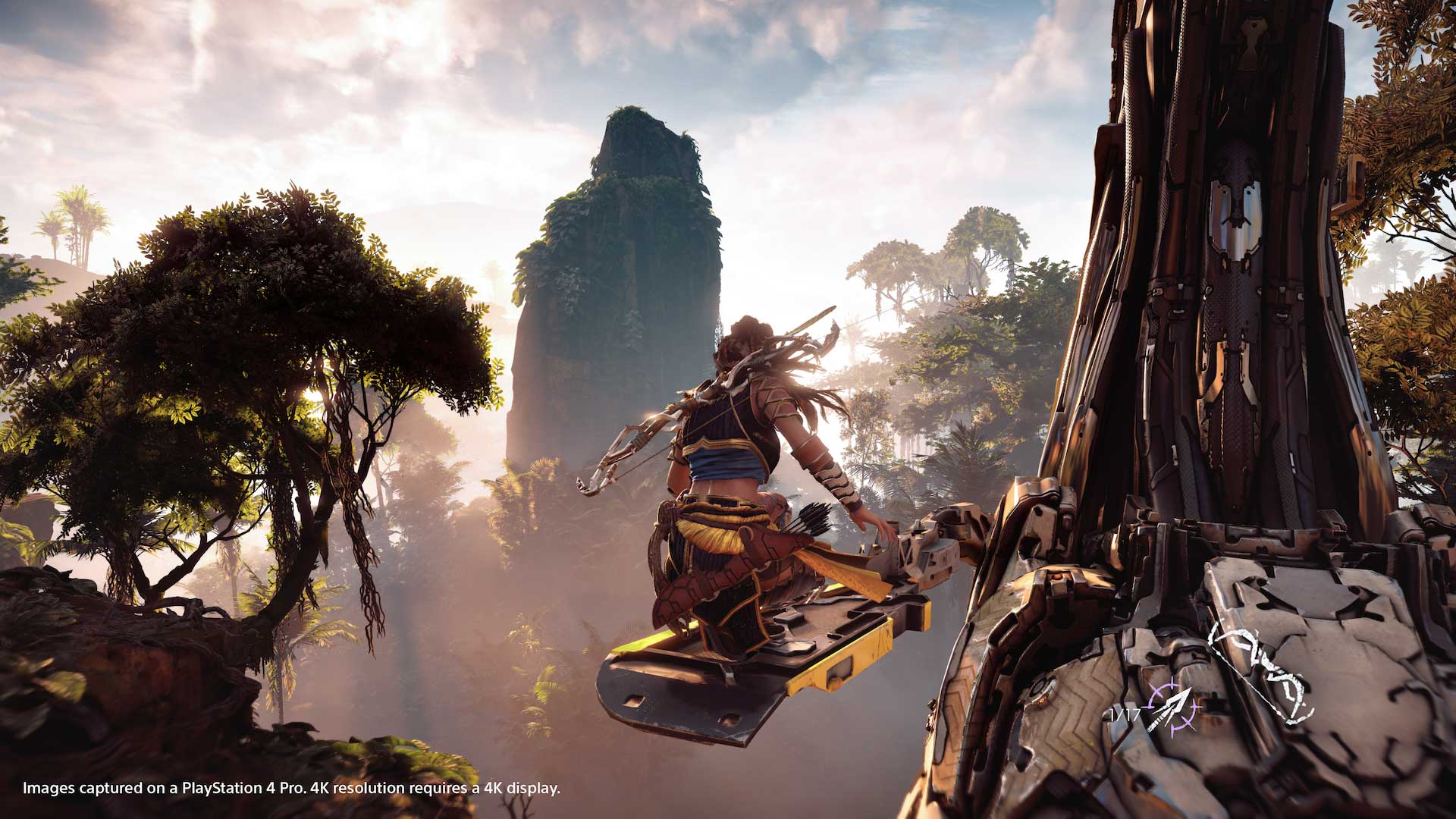



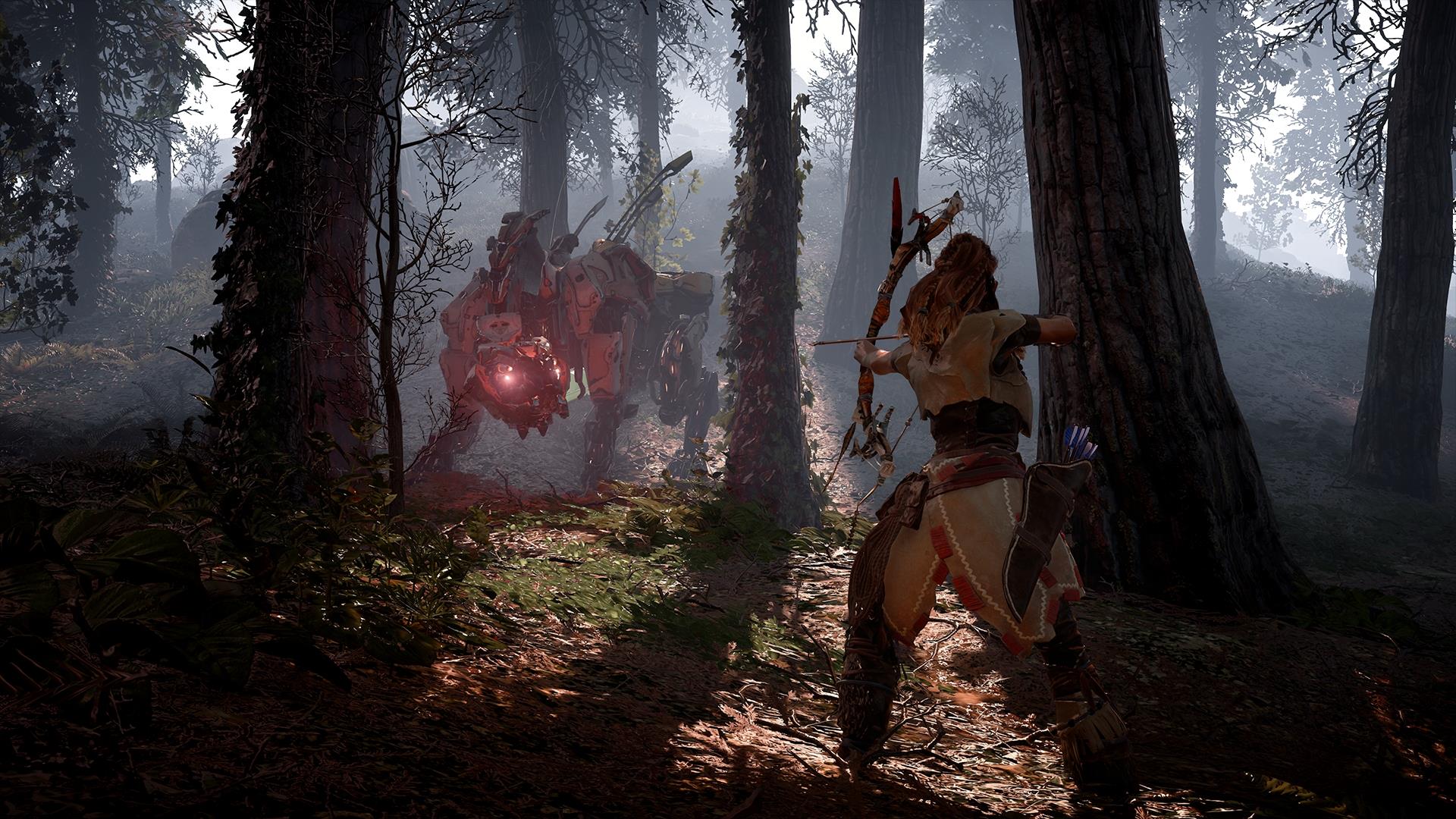

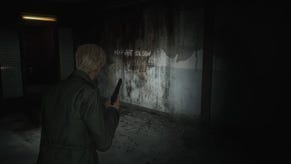
-trailer---Sonic-%26-Knuckles.jpg?width=291&height=164&fit=crop&quality=80&format=jpg&auto=webp)
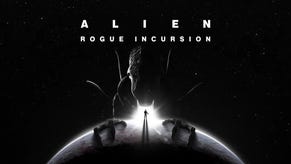
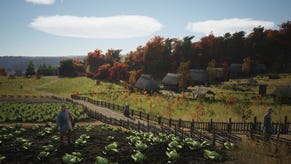

.jpg?width=291&height=164&fit=crop&quality=80&format=jpg&auto=webp)

.jpeg?width=291&height=164&fit=crop&quality=80&format=jpg&auto=webp)